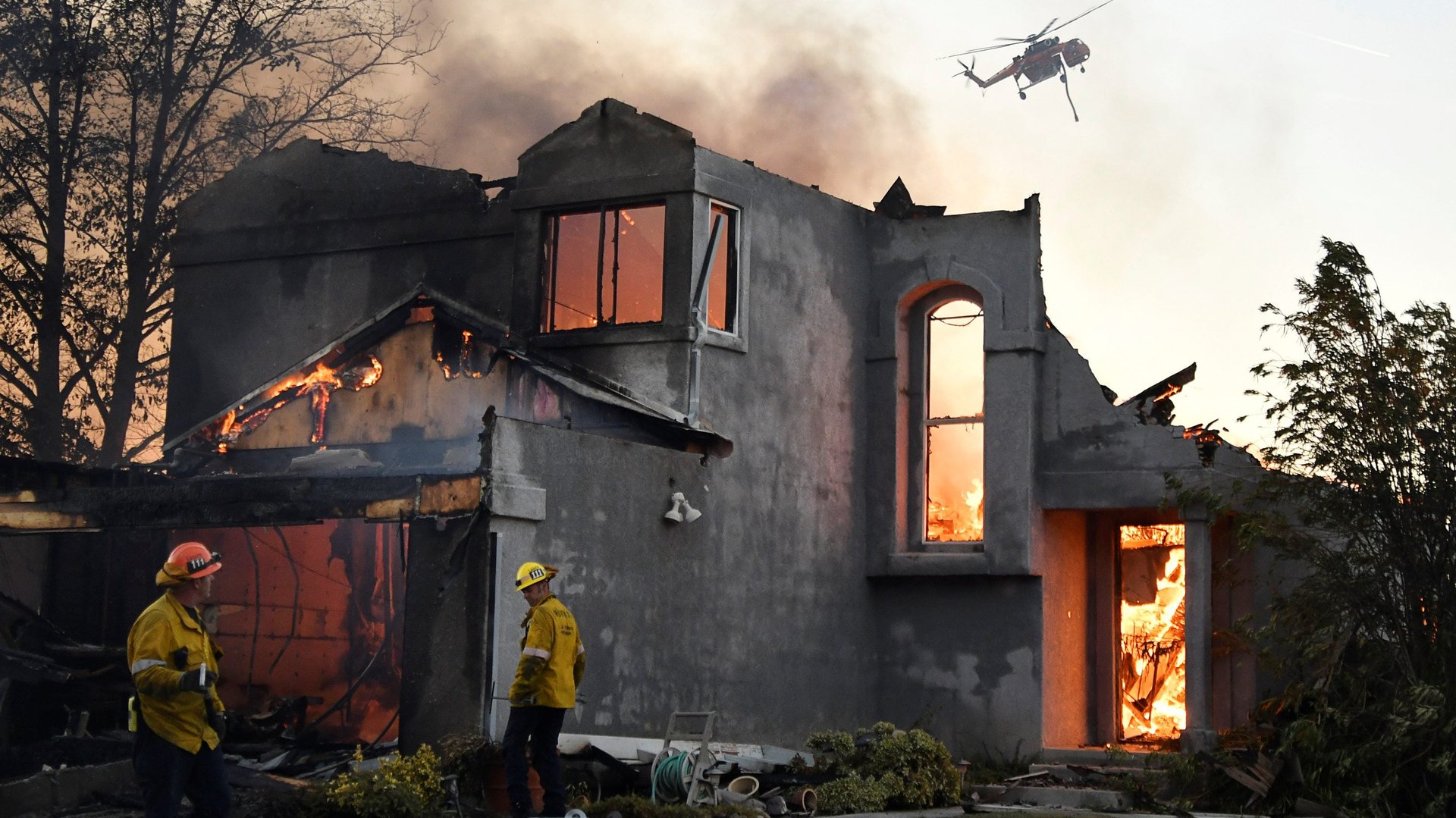California can’t recover from its devastating fires unless it overhauls its zoning laws
In November 2018, the Woolsey Fire ripped through the affluent beachside town of Malibu, California. It was the most destructive wildfire in the history of Los Angeles County, and destroyed 473 homes in Malibu.


In November 2018, the Woolsey Fire ripped through the affluent beachside town of Malibu, California. It was the most destructive wildfire in the history of Los Angeles County, and destroyed 473 homes in Malibu.
Nearly two years later, only a few of those have been fully rebuilt. The main reason for the holdup: The city’s notoriously byzantine, restrictive zoning laws.
“Malibu’s entire history is built around a desperate desire to keep development from happening here,” said Jeff Baker, director of the Community Justice Clinic at Pepperdine University’s School of Law, in Malibu. “It’s incredibly difficult to rebuild. And that makes the effects of natural disasters worse.”
California’s series of record-breaking wildfire seasons over the last few years is the result of a deadly combination of drought and heat brought on by climate change, plus shoddy forest management. But the way Californians experience those fires is, to a large degree, a result of the municipal laws that dictate who can build what, where. Relaxing those laws, in general but especially in the wake of disasters, is a critical but overlooked climate adaptation strategy, Baker and other disaster law experts say.
Overly restrictive zoning laws in urban areas—for example, 75% of residential land in Los Angeles and 94% in San Jose is restricted to detached single-family homes—are a primary cause of the state’s affordable housing shortage, the nation’s worst. That in turn fuels lower-cost development in the fire-vulnerable areas where cities abut forests. A 2015 Forest Service report found development in these areas is increasing rapidly and is where 45% of new homes in California were built between 1990 and 2010.
After fires, zoning laws lead to fewer temporary housing options for evacuees—and the recent spate of fires has left at least 23,000 people displaced. A 2019 Government Accountability Office report on FEMA’s response to California wildfires blamed local zoning laws in part for the fact that “there were few places to house survivors” and a limited number of sites like trailer parks and private campgrounds for officials to place temporary housing trailers. And as in the case of Malibu, zoning laws impede the rebuilding process, which only exacerbates the shortage.
“There’s no place to go once the disaster hits,” Baker said. “There are very few issues in California that ultimately don’t hit their bedrock in housing, and there’s a lot that could be alleviated through zoning.”
Kathy Bergin, who researches disasters and displacement at the Cornell University Law School, said that the pandemic has only made the situation worse. Group shelters present health concerns, and the state has already booked thousands of hotel rooms—which have been used in Louisiana and elsewhere as alternative evacuee shelters for hurricanes—to help the homeless avoid the virus.
“If you look at the all the available spaces to go to evacuate, the homes are too expensive, the rents are too high, many hotel rooms are already taken up by programs to help the homeless,” she said. “California is really going to be struggling with where to put all these [wildfire evacuees].”
In the long term, she said, municipalities should ease the housing shortage by permitting denser urban development. The state is also working to improve its fire hazard maps, which could raise the cost of insurance in dangerous areas and curb development there.
And in the immediate wake of wildfires, she said, ”emergency ordinances that temporarily lift restrictions on the location of mobile homes, or the number of utility hook-ups allowed on a single property, can open up housing options that aren’t typically available.”
Those goals could face an uphill battle: Several recent state attempts to roll back single-family home zoning rules failed against opposition from suburban constituencies and city governments that bristled at the loss of local control. Still, fixing the housing crisis is an increasingly bipartisan issue in the state—as is responding to the growing threat of wildfires.